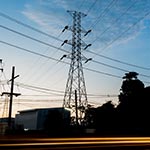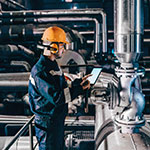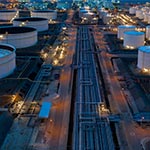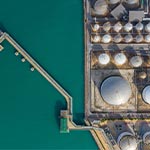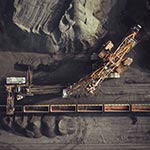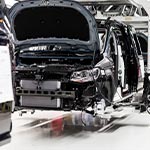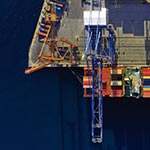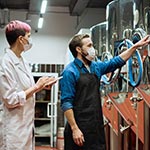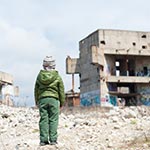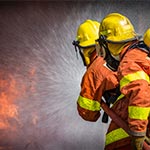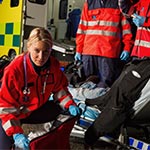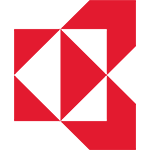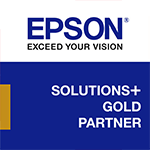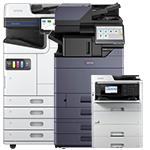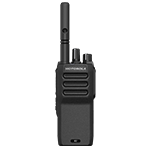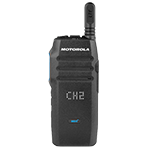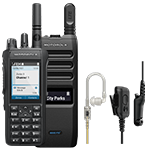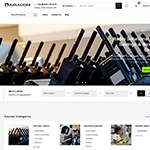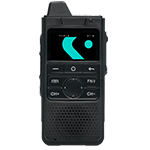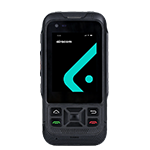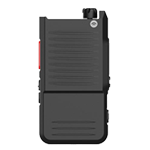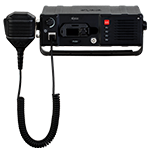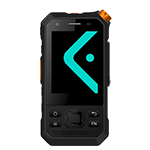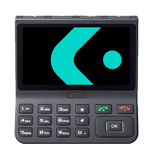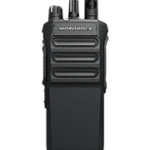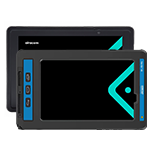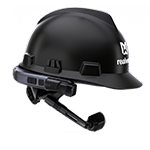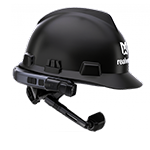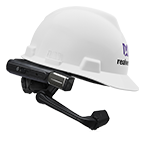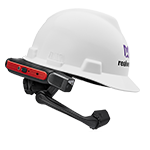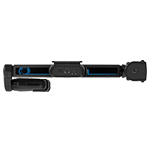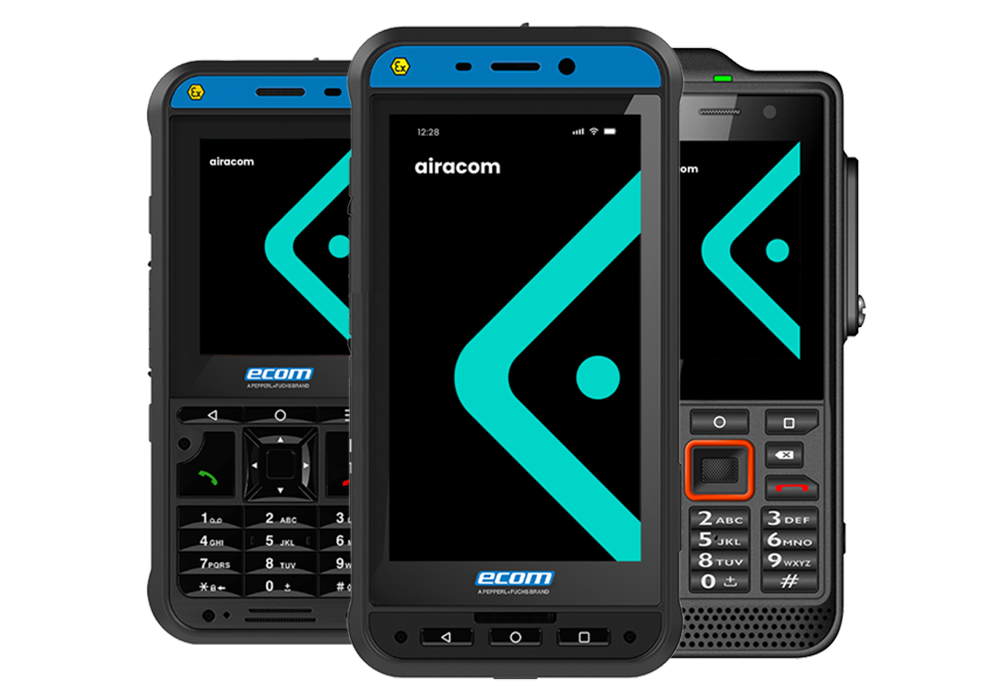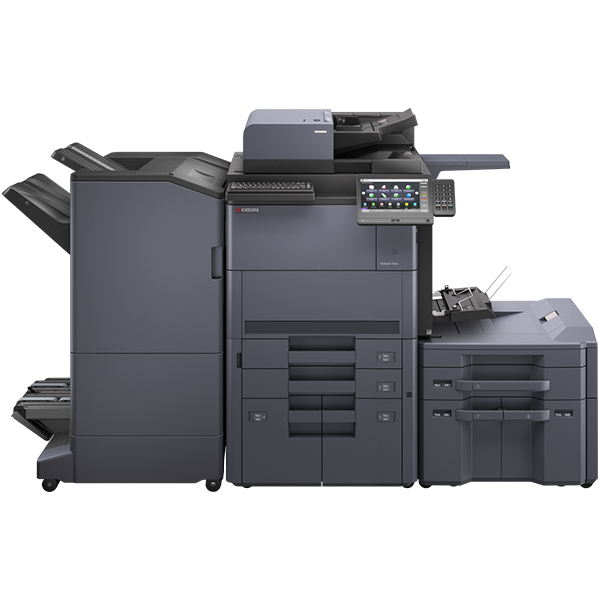Oil and Gas
Oil & gas enterprise mobility solutions for global operators
Airacom Oil and Gas business communications to overcome outdated infrastructure, inefficient labour utilisation, project data-gathering, poor collaboration, and the unpredictability the Oil and Gas sectors pose with customers, weather events and fulfilment issues.
The global oil and gas industry is relentless, with harsh environments, remote operations, and unforgiving deadlines demanding robust yet agile solutions. Outdated communication systems, inefficient workflows, and fragmented data create operational bottlenecks, hinder collaboration, and threaten safety. Airacom has operated for over a decade, supporting the global oil and gas industry with next-generation business communications and intrinsically safe voice, data and equipment solutions, keeping operations running and workers safe.
Seamless Communication: Airacom’s PTT technology ensures instant, delay-free communication between field and HQ, supporting efficient operations and informed decisions with seamless data exchange.
Collaborative Efficiency: Airacom enables real-time, cross-platform collaboration and secure video conferencing, connecting field teams with experts for effective problem-solving and data sharing.
Safety and Reliability: Designed for the oil and gas sector’s extreme conditions, Airacom’s ruggedized devices offer critical information access and adhere to global safety standards, protecting personnel.
Oil and Gas OPERATOR CHALLENGES
Oil & Gas Business Critical Communications
Don’t let operational challenges hinder your progress. Contact Airacom today and discover how our solutions can help you conquer the frontier of oil & gas operations.
Airacom goes beyond providing technology; we become your trusted partner. We understand the unique demands of the oil & gas industry and tailor solutions that empower your workforce, streamline operations, and ultimately enhance safety and profitability.
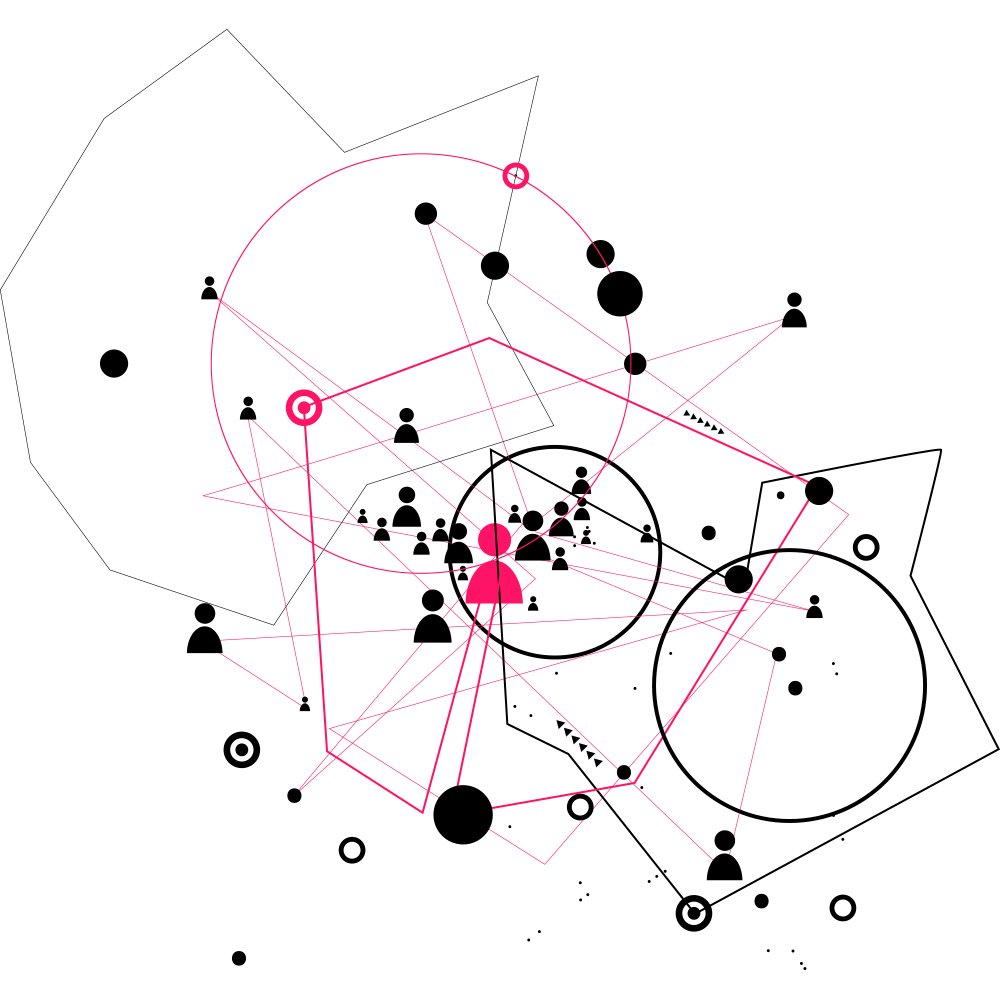
From rig to HQ: We bridge the distance gap with seamless connectivity
Vast distances impede communication and information flow, hindering decision-making and response times. Our robust satellite and cellular solutions bridge geographical gaps, ensuring seamless voice, data, and video communication across remote sites and field teams.
One button away: Push-to-Talk for streamlined operations
Coordinating massive workforces spread across diverse locations poses logistical and communication hurdles. Secure Push-to-Talk facilitates instant group communication, enabling efficient task coordination and real-time problem-solving.
Safety first: Intrinsically safe devices for hazardous environments
Hazardous conditions demand intrinsically safe communication tools to prioritise safety and prevent incidents. We offer a comprehensive range of intrinsically safe devices certified for the harshest environments, ensuring reliable communication while safeguarding your workforce.
Reduce information silos: Share data instantly, make informed decisions
Disjointed information flow hampers collaboration and hinders informed decision-making. Unified Communication as a Service (UCaaS) breaks down communication barriers, connecting teams across disparate platforms and enabling instant data sharing.
Oil and Gas Business communications
Enhancing field operations with Airacom’s ultra wide area push to talk communications
Airacom Push to Talk (PTT) helps oil and gas companies transform their frontline field engineers with instant voice and messaging collaboration in remote and challenging environments, allowing for safer, more productive operations in the oil and gas sector while streamlining collaboration and troubleshooting.
Cost Saving: Airacom PTT technology enables workers to use existing intrinsically safe smartphones or tablets, mitigating the need to buy and maintain expensive two way radio equipment and infrastructure.
Security: Airacom PTT voice communication is AES-256 compliant with end-to-end encryption and protection against man-in-the-middle attacks. Combined with mobile threat defence pre-installed on PoC radios.
Functionality: Send messages and share images and your corporate software, including maintenance and inspection software, in the field on one device. PTT devices offer greater functionality than traditional two-way radios.
Short-term and Long-Term Two-Way Radio Hire
Explore Airacom IT Procurement Services
Streamlined UCaaS: Empowering Next-Gen Oil & Gas Collaboration
Unify Your Workforce: Across remote rigs, bustling offices, and everywhere in between, our cloud-based UCaaS fosters seamless communication and collaboration for your entire team.
Hybrid Work, Simplified: Whether at HQ, in the field, or anywhere in the world, keep everyone connected and productive with our collaborative tools, designed for flexibility and efficiency.
Teams, Amplified: Turn Microsoft Teams into a fully-fledged communication hub with Direct Routing. Make and receive calls directly within Teams, streamlining workflows and eliminating the need for separate systems.
UCaaS: Transforms Oil and Gas with seamless communication
Imagine swift decisions, seamless collaboration, and secure voice and data communications across your entire oil & gas operation. Airacom’s UCaaS delivers:
Oil & Gas UCaaS Benefits
Airacom oil and gas business communications deliver faster response times and streamlined collaboration, fueling efficient teamwork.
Optimised Costs: Cloud solutions eliminate hardware burdens and leverage Direct Routing for budget-friendly calls.
Global Connectivity: Teams across regions collaborate seamlessly, breaking down distance barriers.
Industry-Leading Security: Focus on what matters most, knowing your data is protected.
Ready to empower your next-generation oil & gas operations? Contact us today and discover how our UCaaS solutions can unlock your full potential.
Connecting the frontiers: tailored broadband solutions for global oil & gas operations
The global Oil & Gas landscape thrives on constant progress, navigating diverse terrains and demanding reliable connectivity across remote sites and bustling offices. This is where traditional solutions often fall short, leaving critical operations vulnerable to connectivity gaps. That’s where Airacom steps in, offering a multifaceted approach to bridge the connectivity divide. Beyond Backhaul: Unleashing Potential with Diverse Solutions:
Fast Fibre & Lease Lines: Delivering lightning-speed connections to urban offices and major hubs, guaranteeing seamless cloud adoption and collaboration.
Cellular Backup Broadband: Never miss a beat with seamless connectivity, even on the go. Our mobile 4G and 5G solutions provide reliable backup broadband, keeping you field engineers productive in any location.
Satellite Broadband: Reaching the furthest frontiers, ensuring reliable internet access and data transfer regardless of remoteness. This goes beyond “backhaul,” empowering real-time operations and communication even in the most challenging locations.
Hybrid Solutions: Combining the strengths of fibre, lease lines, and satellite, we tailor a unique blend tailored to your specific geographical needs and operational demands.
Upgrade to Ultrafast Business Fibre Broadband
Harnessing fast connectivity for successful O&G operations
Operational Efficiency: Streamline workflows, optimize resource allocation, and enable real-time collaboration, minimising downtime and maximising productivity.
Enhanced Customer Service: Respond quickly to inquiries, facilitate online interactions, and improve overall customer satisfaction with reliable connectivity.
Empowered Workforce: Equip your team with mobile tools and cloud-based applications, regardless of location, fostering flexibility and attracting top talent.
Unlocking Innovation: Leverage high-speed connections to explore the potential of IoT sensors, AI, and other advanced technologies, driving operational efficiencies and future-proofing your business.
Oil and Gas Enterprise mobility
PoC Radios
POC radios offer instant collaboration using any IP network, improving safety and productivity for oil field operations in the safe area.
Intrinsic safety and ATEX certified devices for oil and gas workers in hazardous areas
Traditional communication tools are inadequate in the critical oil and gas sector, which faces daily explosive hazards, compromising safety and productivity. Airacom’s ATEX-certified devices ensure safe collaboration, data access, and repairs in challenging environments. Upgrade your Oil and Gas communication devices with Airacom for enhanced safety and efficiency.
Explore Hazardous Area Devices
Zone 1 – Division 1 Smartphones
Explosion Proof Smartphone Cases
Oil and Gas operator WFM Solutions

Streamline your operations: Airacom’s GPS tracking for Oil & Gas operations
Enhance visibility and efficiency in Oil and Gas operations with Airacom’s GPS tracking. Monitoring numerous vehicles and assets across regions becomes simpler, improving operational performance, reducing costs, and elevating customer service.
Eco-friendly printing for UK Oil & Gas offices fully supported with Airacom MPS
For UK Oil and Gas striving towards sustainability, Airacom’s print-IT solutions revolutionise eco-conscious operations. Our modern software and efficient printers minimise waste, enable smarter printing options, and reduce energy consumption.
This strategic shift lowers costs, decreases carbon footprints, enhances corporate reputation, and promotes sustainability among employees—partner with Airacom for a greener, more efficient printing strategy.
Energy Efficient Printers and Photocopiers
Oil and Gas business communications
See how we are helping oil & gas companies globally improve their operations
Push to Talk
Replace two way radios with Airacom APTT push to talk offering near national coverage over any IP network.
Workforce Management
Enhance frontline safety with location monitoring, geofence clock, clock out, incident reporting, and job allocation.
Cloud Hosted VoIP
Reliable cloud hosted voice phone systems for next-gen Oil and Gas operators connecting head office with remote and hybric working.
Office Connectivity
Get superfast office and site business broadband to run your internal business-critical applications and services from Fibre to SD-WAN.
Business Mobile
Improve site productivity with the right mix of rugged devices using a business only 4G and 5G superfast network.
Field Mobile Broadband
Remote and hybrid broadband solutions packed with features, security and flexibility over 4G and 5G connectivity with built-in failover.
Elevate oil & gas communications from the UK and beyond
Airacom is transforming Oil & Gas operations by enabling flawless communication between control rooms and field engineers, facilitating instant outage resolutions and seamless data access on rugged devices. This ensures operational safety and efficiency, even in the most remote areas—Discover Airacom’s comprehensive business services tailored for the Oil & Gas sector.
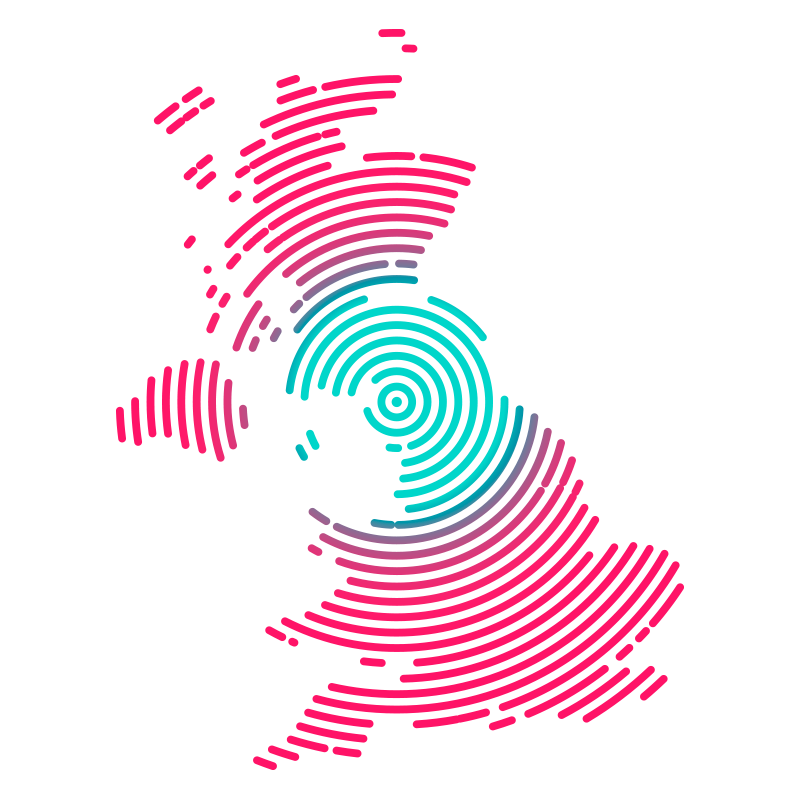
Oil and Gas business communications
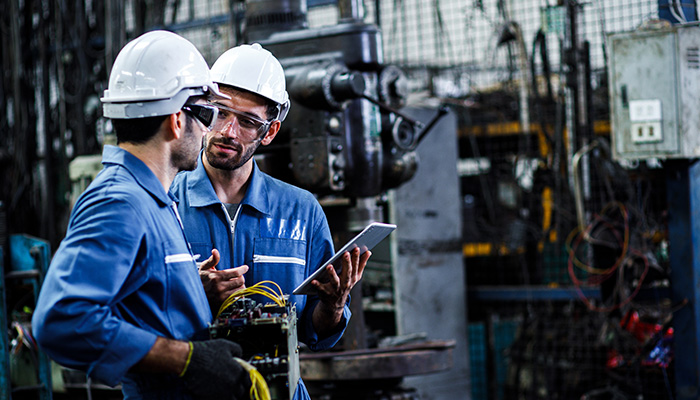
Mobilise your workforce
Replace two-way radios with Airacom push to talk offering near national coverage over any IP network.
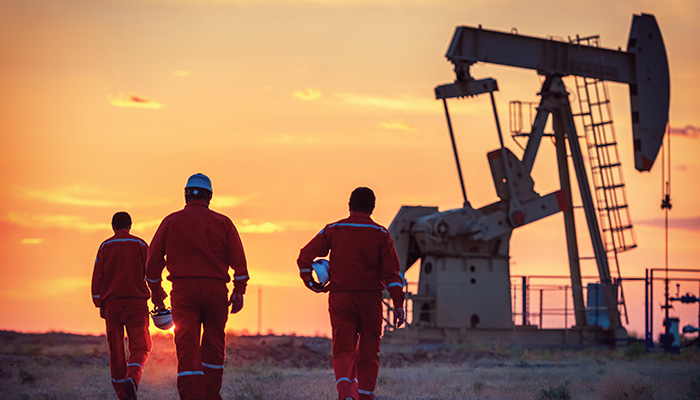
Connect your project site
Utilise IoTs and Sensors to gain real-time data analytics across your sites to make informed business decisions.
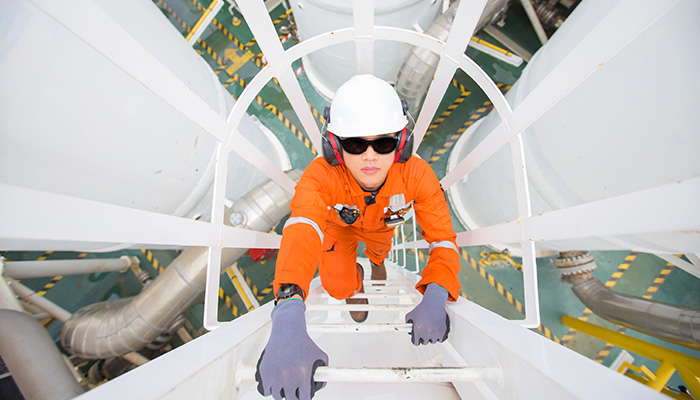
Protect your team
Enhance workforce safety with location monitoring to better manage employees operating remotely or alone.

